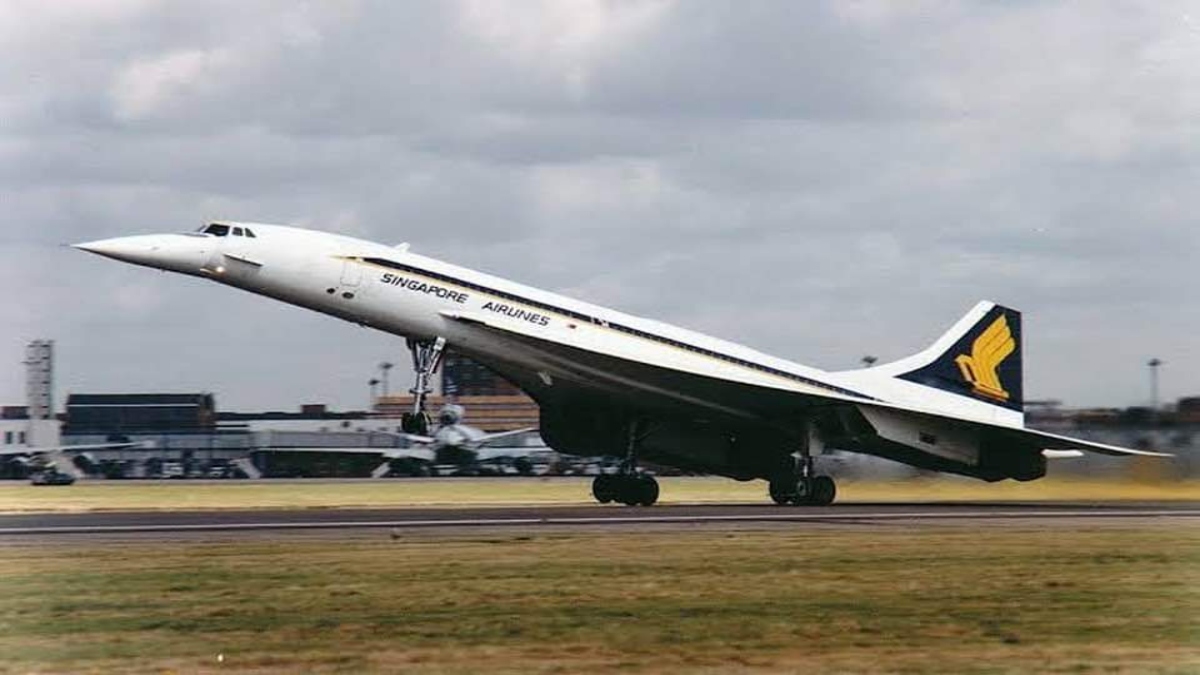For the first half of the fiscal year, Singapore Airlines posted a 48.5 per cent plunge in net profit, which fell to S$742 million ($561.65 million) from S$1.44 billion in the same period last year. Despite experiencing strong demand for travel, particularly in the second half, the airline’s performance was hampered by inflationary pressures, geopolitical tensions, and escalating costs, particularly for fuel and other non-fuel expenses.
Total expenses for the group, which includes the flagship Singapore Airlines and budget carrier Scoot, surged 14.4 per cent to S$8.70 billion, exacerbating the pressure on profitability. In contrast, revenue saw a more modest increase of 3.7 per cent year-on-year, reaching S$9.50 billion. The rise in expenses, combined with a 5.6 per centdrop in passenger yield—a key measure of airfares—contributed to the overall profit decline.
Singapore Airlines’ passenger load factor, which tracks the percentage of filled seats, dropped to 86.4 per cent compared to 88.8 per cent in the same period last year. While still a solid figure, the drop reflects a combination of increased flight capacity and stronger competition, both of which have moderated yield and impacted the airline’s overall operating profit.
Rising Costs and Increased Competition
The airline industry has seen a surge in flight capacity as global airlines, including Singapore Airlines, have ramped up their operations to cater to the continued recovery in air travel demand post-pandemic. However, this increase in capacity has led to heightened competition in key markets, which has placed downward pressure on ticket prices, squeezing profit margins for many carriers.
Singapore Airlines acknowledged this challenge, noting that increased capacity and strong competition in vital routes contributed to the moderation in yields, ultimately leading to lower-than-expected operating profits. The airline’s management also pointed out the broader macroeconomic uncertainties, which include inflationary pressures and rising fuel costs, as factors that are expected to continue weighing on performance in the near term.
Adjusting to Evolving Demand Patterns
Despite these challenges, Singapore Airlines remains optimistic about its prospects, particularly in air freight, which continues to see strong demand as the year-end peak approaches. The airline’s management emphasised its commitment to remaining nimble and agile, adapting its passenger network and capacity in response to evolving demand patterns. The group’s strategy is centered on balancing increased competition with a focus on profitability and customer service.
SIA’s group CEO, Goh Choon Phong, reassured stakeholders that the airline would continue to adjust its operations in line with market conditions, aiming to maintain competitiveness while managing rising costs. However, with global airlines ramping up capacity to meet the strong travel demand, it is clear that competition will remain fierce in the coming months, further tightening profit margins for Singapore Airlines.
The Air India-Vistara Merger
In a significant strategic move, Singapore Airlines also provided an update on its investment in the merger between India’s Air India and Vistara, which is set to create a powerful force in the global airline industry. Singapore Airlines, which holds a 49 per cent stake in Vistara, will take a 25.1 per cent stake in the merged entity, with an additional investment of S$498 million. The merger is expected to be completed by November 2024, and Singapore Airlines anticipates a non-cash accounting gain of S$1.1 billion once the deal is finalized.
The merger between Air India and Vistara, announced in November 2022, aims to strengthen the competitive position of both airlines in the domestic and international markets, offering a full-service carrier experience across a broader network. The strategic partnership will also allow Singapore Airlines to tap into the fast-growing Indian aviation market, which is seen as a crucial growth area for the airline group.
Cost Control and Network Optimisation
While Singapore Airlines is facing several headwinds, the airline’s strategy appears focused on navigating these challenges by optimising its network and maintaining flexibility in its operations. As the airline moves forward, it will need to balance the pressures of rising costs and competition with a focus on maintaining a premium customer experience and adjusting to the changing demands of global air travel.
Moreover, the ongoing geopolitical uncertainties and inflationary cost pressures are likely to remain key factors influencing the airline’s performance. Despite these challenges, the airline remains committed to its long-term objectives of maintaining competitiveness and profitability, while delivering value to its shareholders and customers.
As the air travel landscape evolves, Singapore Airlines’ ability to adapt to changing market conditions, manage rising costs, and leverage strategic partnerships like the Air India-Vistara merger will be crucial in determining its future success in a highly competitive industry.






